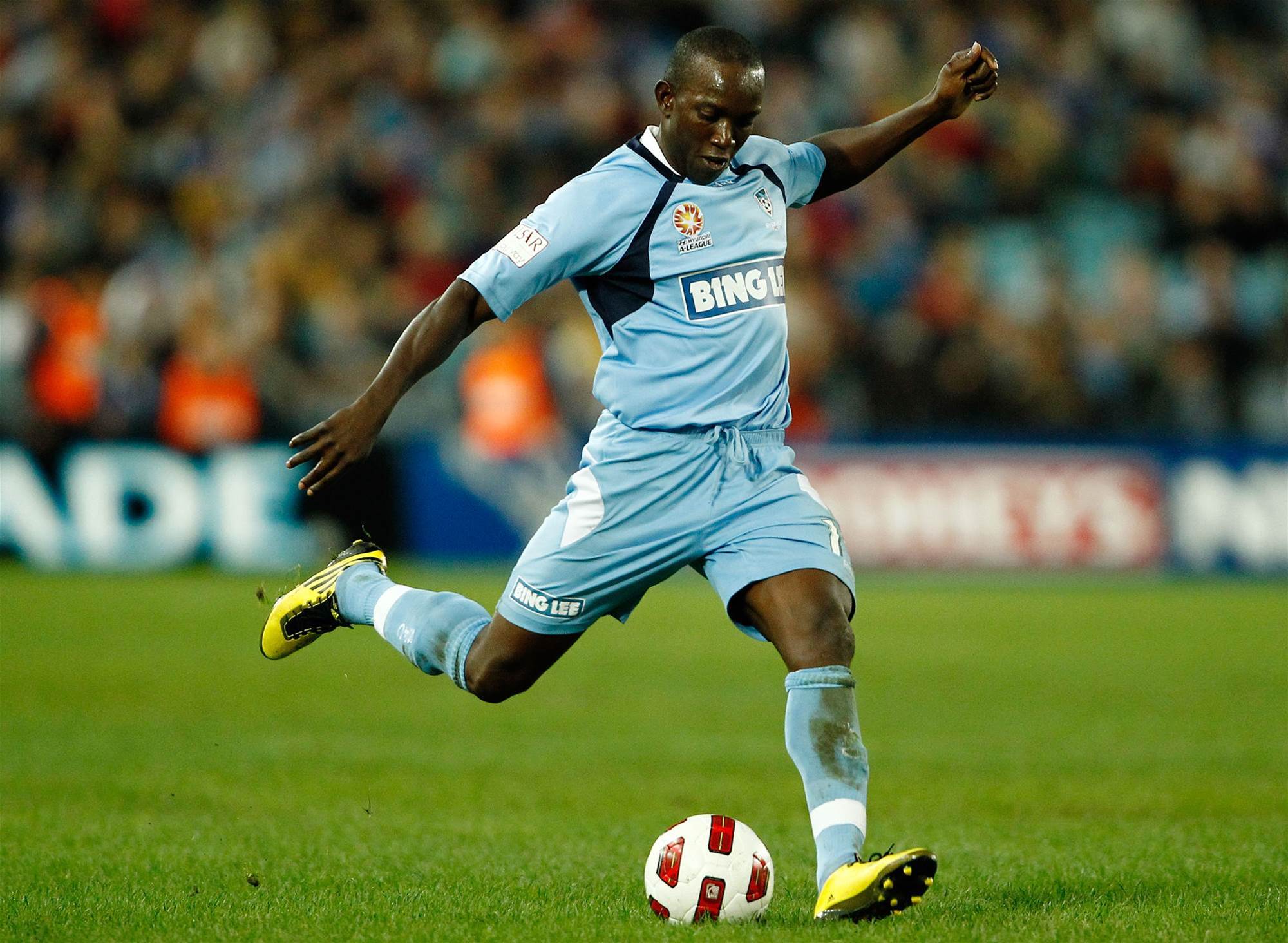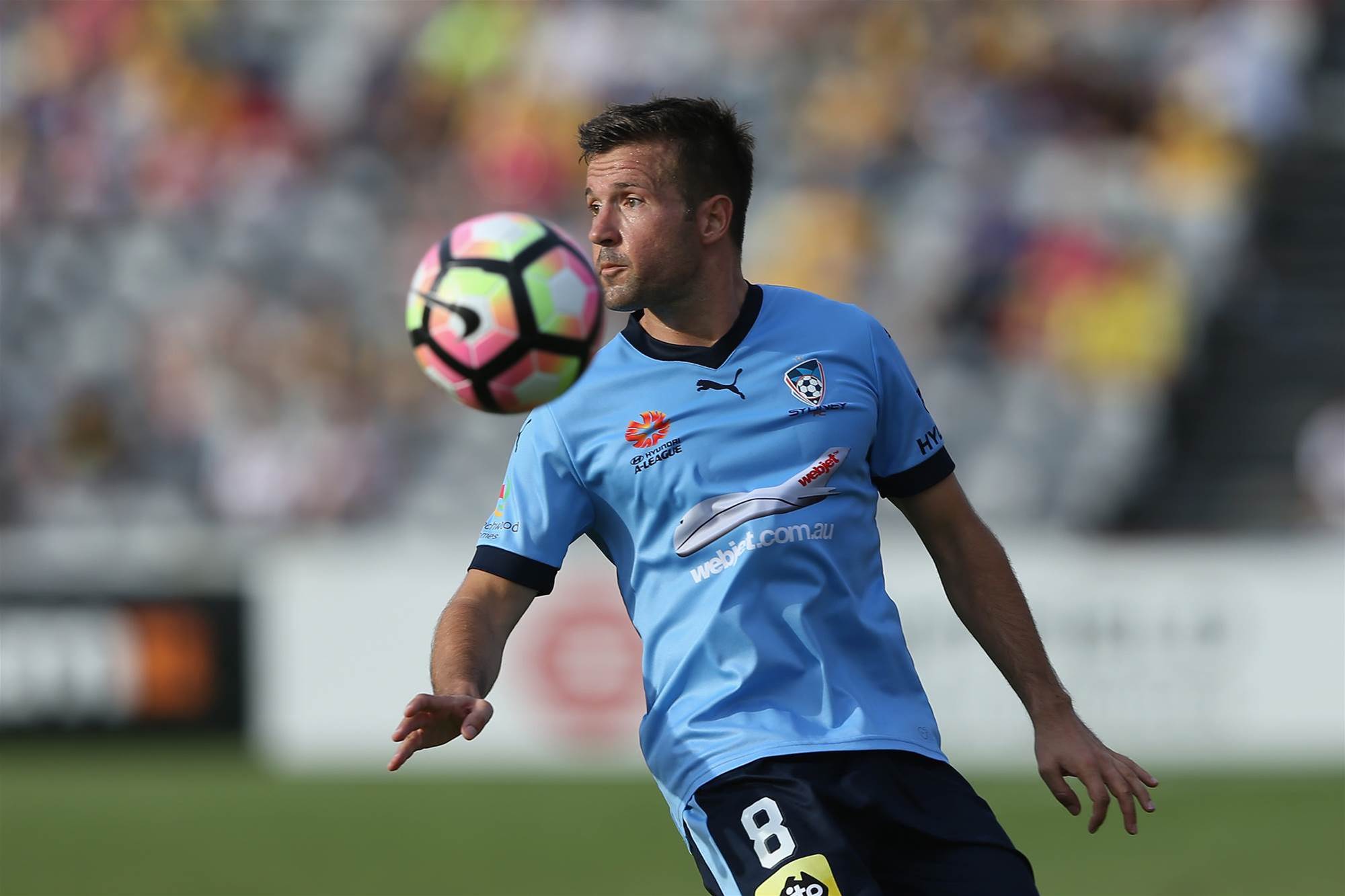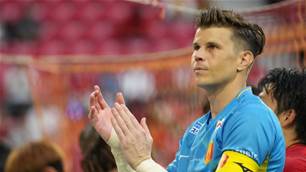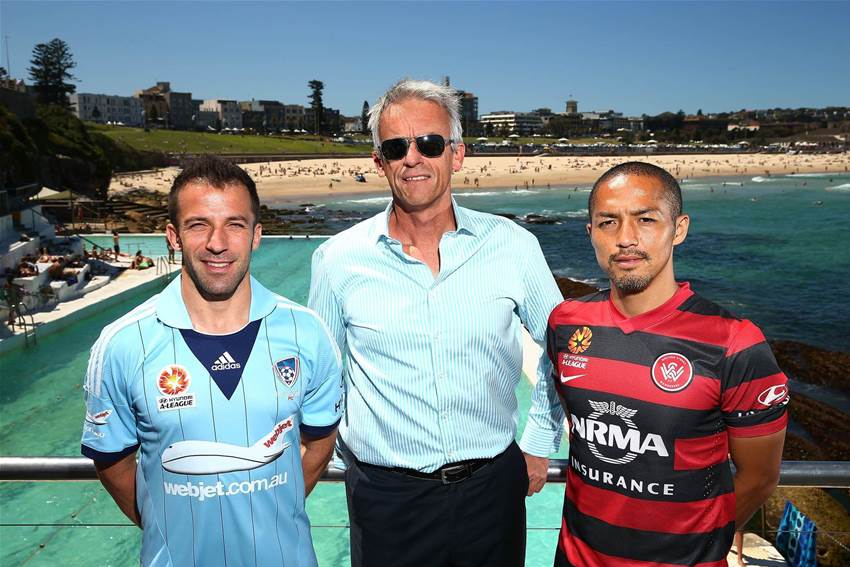The A-League has one of the most generous foreign player allowances in Asia, with up to six imports permitted per side. But does our league’s quota raise the quality of Australian football, or deny opportunities to Aussie youth?
The dying embers of the National Soccer League (NSL) were extinguished in 2004, on a mud-drenched, sodden pitch in Parramatta. It was a pitiless graveyard for a bygone era of Australian football, but there was one part of history that couldn’t be forgotten.
Two years before Australia’s greatest national team announced its return to the world stage, the 2004 NSL Grand Final featured the bedrock of Australian football talent. Despite a plethora of Australians playing across Europe, 20 Socceroos played that day, in front of barely 9,000 supporters.
There were only two foreigners between both squads. One of them didn’t play, the other was taken off after 60 minutes. The organisation, support and resources were in disarray, but the standard of Australian footballer – a ringing endorsement of youth development – was sensational.
Compare that to the 2017 A-League grand final. Parramatta’s forsaken pitch is replaced by the 50,000 capacity Allianz Arena. Every aspect of the match is tightly organised. There’s widespread media coverage and a fantastic atmosphere.
But instead of 20, there are only two current Socceroos on the pitch, and instead of one, there are nine foreign imports. Despite the growth of the league, there are also fewer Australians playing in Europe’s top leagues now than there were in 2004.
This disparity has many causes, but there’s one stark difference. The NSL’s best players were Australian and there was no need for foreign quotas. If they were good enough, young Aussies didn’t have to worry about imports taking their place.
Asia’s three strongest leagues in Japan, South Korea and Saudi Arabia have the 3+1 rule, only allowing three foreigners from any country per club, in addition to an import from Asia. It’s a rule that’s been adopted by the Asian Champions League, and is quickly spreading throughout the region.
In contrast, the A-League currently allows five foreign players per side, which will change to a 4+1 rule – four imports from any country and one from Asia – for the 2018/19 season. This is in addition to exempting one Australian citizen per club, who has chosen to represent another national team, e.g. Daniel Georgievski.
So why is Australia comparatively generous to foreign footballers? Given our lack of a professional second division, surely allowing up to six foreigners per side is denying opportunities to young Australians.
Firstly, there are obvious benefits to attracting overseas talent down under. Foreign imports have had an enormous impact upon the A-League, and can have a significant mentoring effect on Australian youth.
They bring different styles and experiences that young Australians can’t recreate. This translates to increasing interest in the league, higher attendances and a trickle down effect that strengthens Australia’s domestic competition.

A club like Central Coast Mariners – which has traditionally struggled to attract marquees – has previously relied on hand-me-down imports the ilk of Fabio Ferreira to stay competitive.
This isn’t necessarily a good thing; emphasising foreign scouting networks over youth development can further disadvantage smaller clubs, which can’t afford scouting expenses. But other benefits to retaining Australia’s current system are less obvious.
While many think that foreign players are more expensive than Australians, A-League clubs have been clever in attracting superb imports for relatively cheap salaries.
Restricting the foreign player quota to 3+1 increases demand for quality Australians, which raises the salaries of Australian footballers.
A-League clubs are currently able to bring in experienced, quality foreigners for wages that fit within the salary cap. Under a new system, trying to replace these foreigners with Australians of the same quality could be unsustainable.
However, it’s becoming increasingly difficult for A-League clubs to continue bringing in cheap, quality imports. Across Asia, Europe and the Americas, rapidly increasing club budgets are enhancing competition for foreign players.
It’s no better looking to our own backyard, where soaring salaries are putting desirable Asian talent out of the A-League’s reach. When considering the worth of the 3+1 rule, it’s important to contemplate the money that’s increasingly being invested into Asian scouting networks, which could be invested in academies or coaching development.
The recent closure of Football Federation Australia’s (FFA) Centre of Excellence started the decentralisation of youth development. This makes the role of clubs more important than ever, so perhaps it’s worth looking back to the NSL. There’s never been a more fitting time to implement changes that preference the development of Australian youth.
But if the foreign player quota is lowered, there will be downsides.

Take Milos Dimitrijevic as an example. He arrived in Sydey, dominated the league for a season, and then sat on the bench, taking a youth player’s position, and earning wages that could have potentially prevented two young Australians sidelining their development to get a full time job.
Perhaps Milos Dimitrijevic’s spot on Sydney FC’s bench last season could have been taken by a young Aussie footballer. But would Milos Ninkovic have joined Sydney had his countryman been forced to leave? And how important was Ninkovic to the subsequent development of Brandon O’Neill and Joshua Brillante?
According to the statistics, despite Australia’s high foreign quotas, there’s no shortage of young Australians coming through the ranks.
Last season, almost 50 young Australians made their A-League debuts, with only Sydney FC failing to debut a young Aussie. Central Coast were the most prolific, with 11 young guns breaking their A-League duck under Paul Okon.
Brisbane Roar – which had one of the youngest sides, and the least number of foreign players in the league – finished third, playing attractive football and generating two rising star nominees, including the eventual winner and golden boot sharer, Jamie Maclaren.
Unfortunately, this strategy failed to pay off long-term for the Roar.
Rising stars Brandon Borello and Maclaren have now left Brisbane, leaving John Aloisi to rebuild for next season. There’s a history of Aussies taking overseas offers at the first opportunity, and perhaps that’s the problem - little incentive exists to play young talent, because when they impress, they don’t stick around.

Decreasing the foreign quota might benefit the Socceroos, but it’s hard to suggest the A-League takes a hit for the development of young Australians.
Our domestic league has its own significance, completely separate from the Socceroos, and what’s best for the A-League’s continued growth deserves to be treated with equal importance.
Signing quality foreigners isn’t a sure-fire way of improving the footballing standard of a country, and it’s hard to evaluate whether it’s worked for Australia.
Our rules may be more generous than most other Asian nations, but given the effect the A-League’s salary cap has on our international competitiveness, perhaps the real issue lies elsewhere.
In the meantime, it will be interesting to see how FFA’s 4+1 rule expands the A-League’s audience in Asia. While it’s doubtful one Asian import a side will make a difference, it’s the first step down a fortuitous path for the Australian version of the world game.
Related Articles
.jpeg&h=172&w=306&c=1&s=1)
Socceroos prodigy returns to A-League after horror run

Star keeper's exit heralds hero's return at A-League giant













